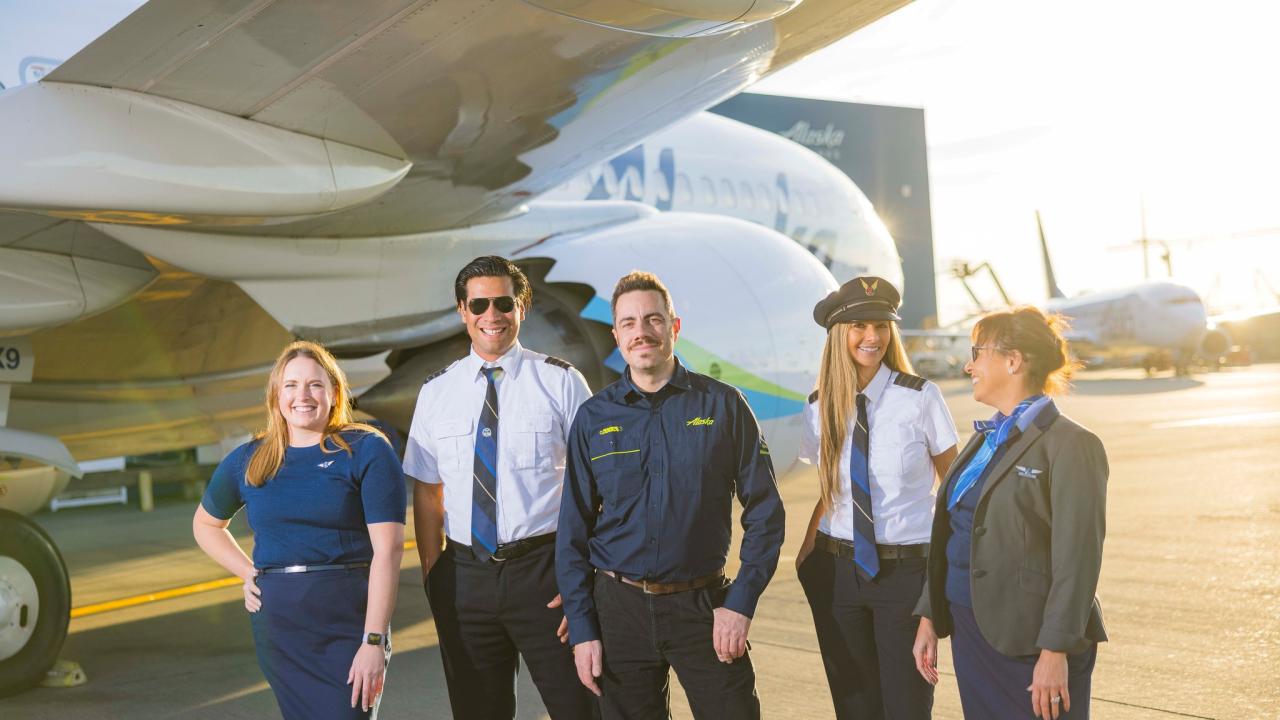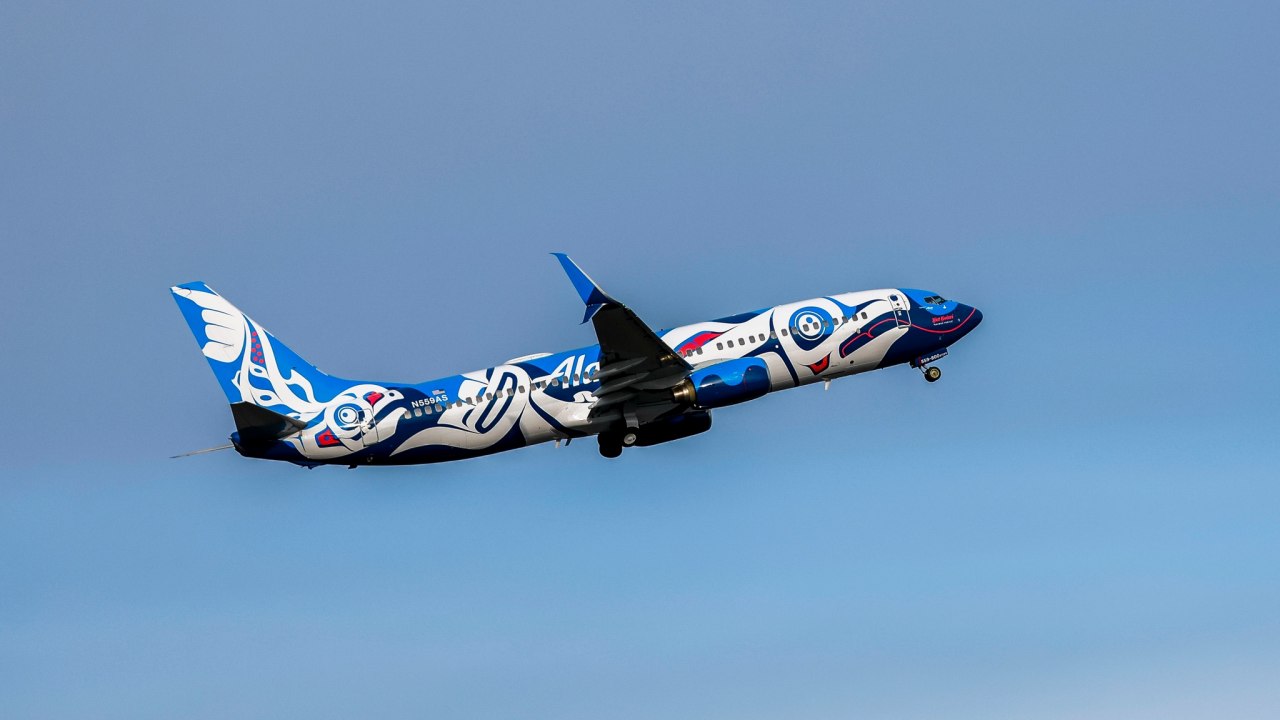Alaska Airlines holds a distinct position in the North American airline industry. Renowned for its extensive network, particularly along the West Coast and in Alaska, the airline’s operational strategy is deeply anchored in its bases and hub locations. These bases not only facilitate the airline’s extensive domestic and international routes but also reflect the airline’s’ commitment to accessibility, connectivity, and community integration.
The airline has bases and hubs in Anchorage, Los Angeles, Portland (OR), San Francisco, and Seattle/Tacoma.
Also Read: Alaska Airlines Flight Attendant Requirements
Contents

What is an Alaska Airlines Base?
An Alaska Airlines base refers to key airports where the airline’s flight operations are concentrated, serving as pivotal points for both pilots and flight attendants. These bases are strategically chosen and located across the United States, particularly in regions that are central to the airline’s route network and operational focus, including Alaska, the Pacific Northwest, and major cities along the West Coast.
List of Alaska Airlines Base Hub Locations
1. Ted Stevens Anchorage International Airport Base (ANC)
Ted Stevens Anchorage International Airport is a major hub linking Alaska to key cities such as Seattle, Portland, and Honolulu, as well as seasonal destinations catering to both business and tourism sectors. ANC is the gateway for Alaska Airlines’ extensive network of flights within Alaska and to the contiguous United States.
2. Los Angeles International Airport Base (LAX)
Los Angeles International Airport serves as a crucial hub that provides connections to a wide range of destinations including Seattle, San Francisco, New York, and Mexican resorts like Cabo San Lucas. LAX is central to the airline’s strategy, bridging the Pacific regions and major metropolitan areas on the West Coast.
3. Portland International Airport Base (PDX)
Portland International Airport is a significant hub for the airline with a comprehensive network of flights to destinations such as Denver, Las Vegas, San Diego, and several locations throughout California. PDX plays an essential role in the business’ Pacific Northwest operations, offering a variety of routes that cater to both local and connecting passengers.
4. San Francisco International Airport Base (SFO)
San Francisco International Airport is a key hub for the airline’s with routes that include transcontinental flights to New York and Washington, D.C., regional connections to Seattle and Los Angeles, and international flights to destinations like Cancun and Puerto Vallarta. SFO’s strategic location enhances the business’ presence in the Bay Area and its network along the West Coast.
5. Seattle–Tacoma International Airport Base (SEA)
Seattle–Tacoma International Airport is the primary hub that features an extensive network of flights across the United States, Canada, Mexico, and Costa Rica. As the airline’s main operating base, SEA offers flights to a multitude of destinations such as Boston, Miami, Chicago, and Anchorage, supporting the company as a leader in Pacific Northwest and transcontinental travel.

Summary
Crews assemble at these strategic locations, ready to embark on the diverse array of flights within the airline’s itinerary. Each hub is selected for its role in facilitating streamlined operations and ensuring direct paths for an array of flight routes, encompassing domestic as well as international links.
This tactical placement of hubs underscores the airline’s commitment to providing expansive connectivity and exceptional service standards, addressing the complex travel needs of its extensive and varied passengers with a distinct emphasis on West Coast and Alaska travel.
Contact Information
Company Name: Alaska Air Group
Address:19300 International Boulevard, Seattle, WA 98188, United States
Telephone No.: 206-433-3212
Website: https://www.alaskaair.com/
Facebook: https://www.facebook.com/alaskaairlines
Instagram: https://www.instagram.com/alaskaair/
Twitter: https://twitter.com/alaskaair